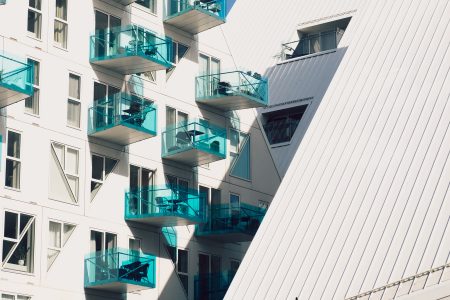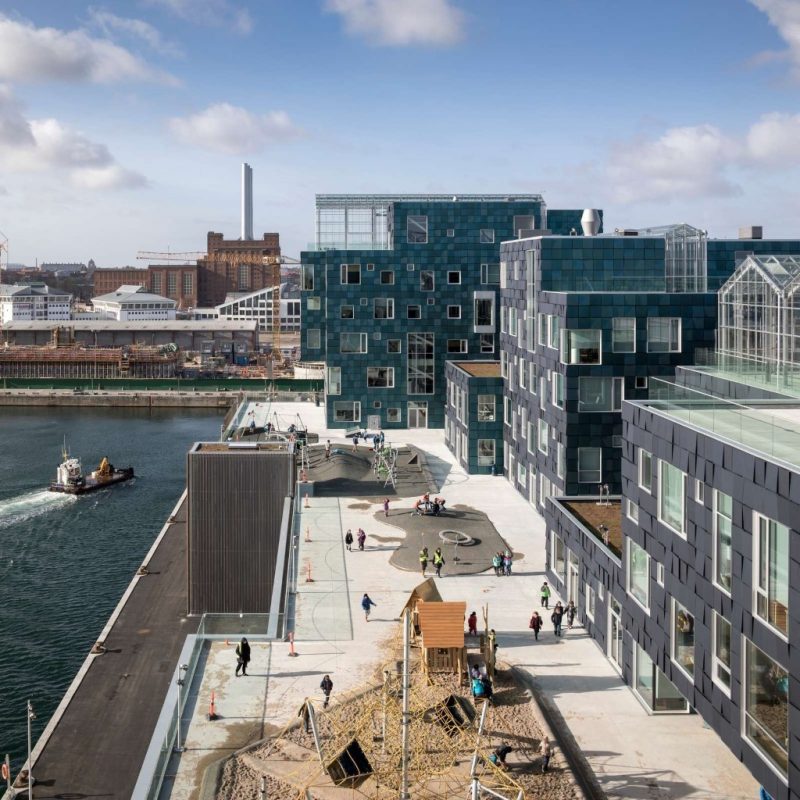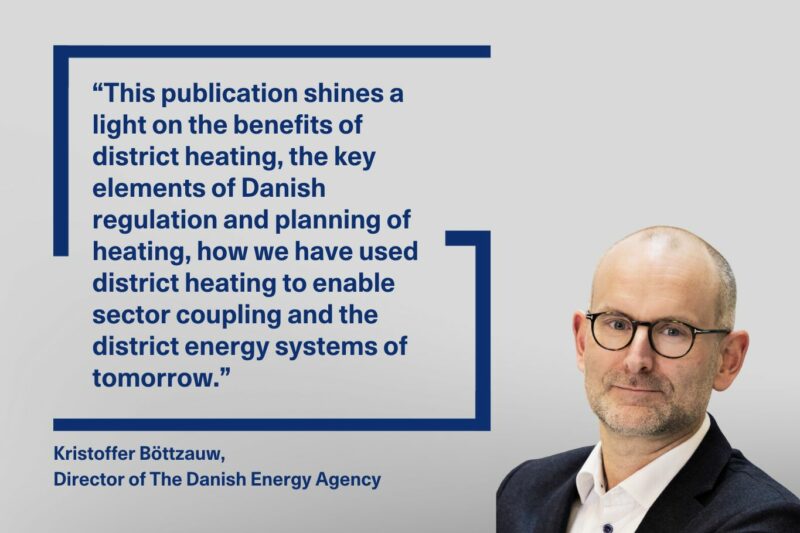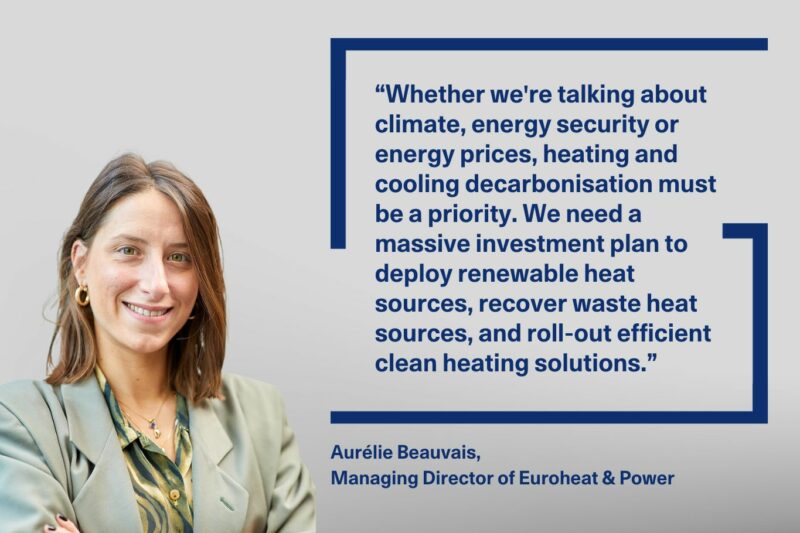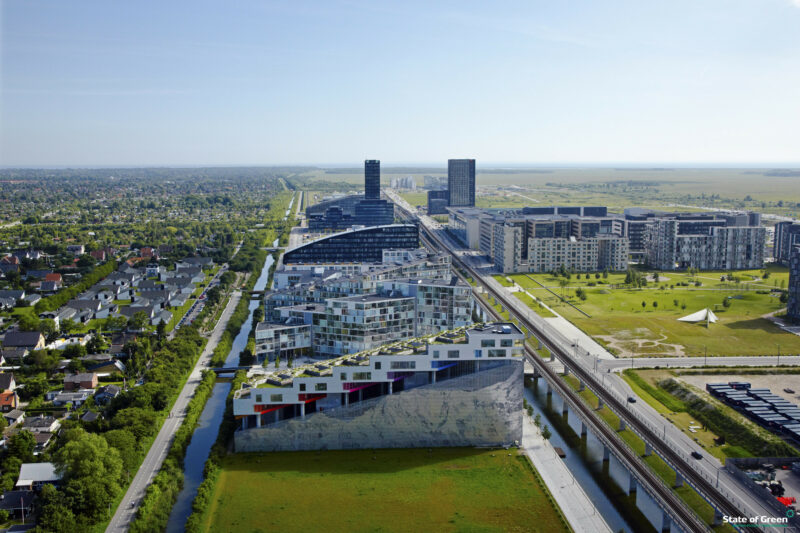News
Buildings
Energy efficiency in buildings
Energy efficiency in industry
+1
Denmark boosts energy savings in government-owned buildings
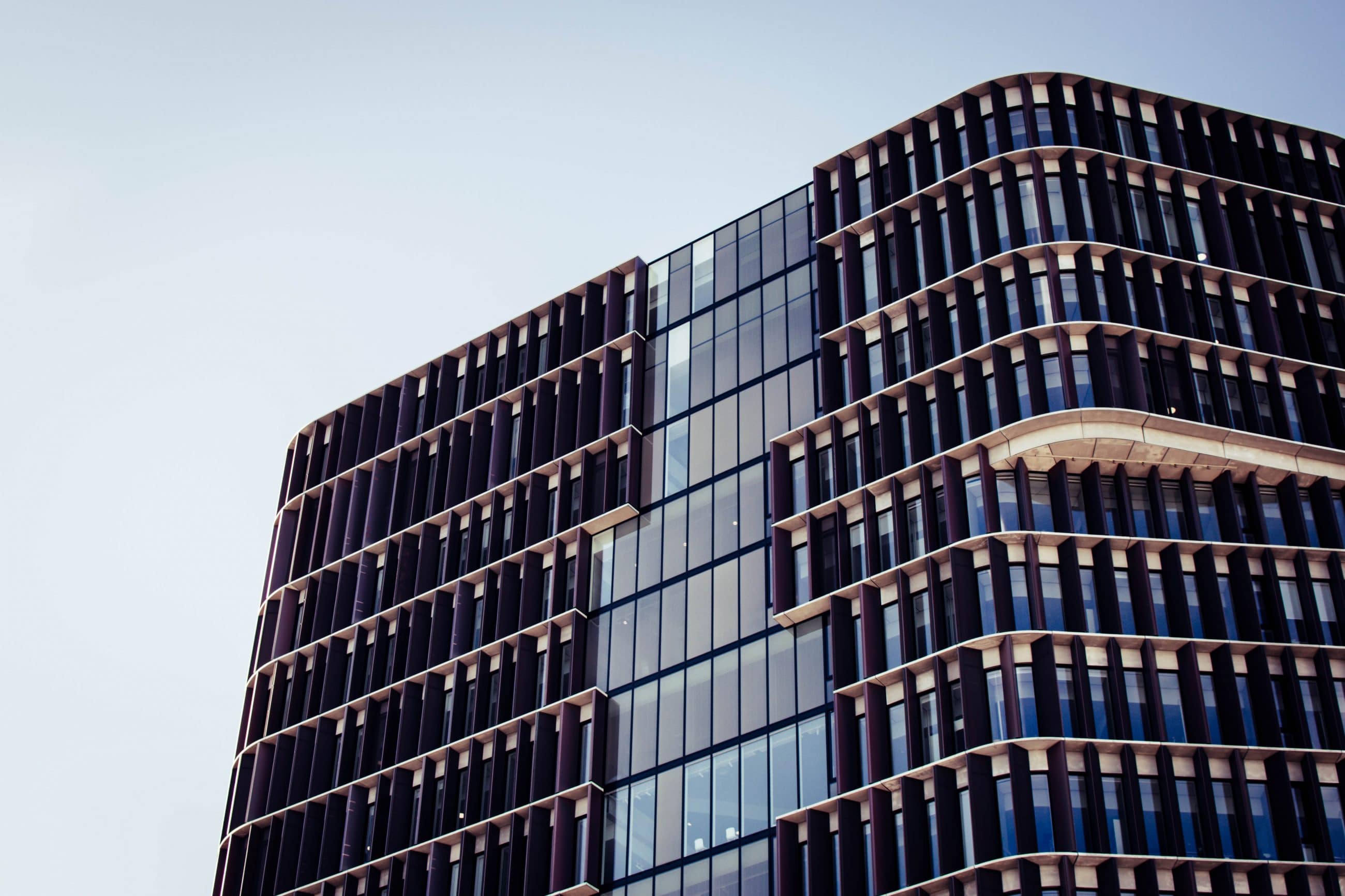

In the past 25 years, Denmark has achieved great reductions in energy consumption and significantly improved energy efficiency. Despite this, today almost 40 percent of Denmark’s total energy consumption relates to buildings, so there is still significant potential for reducing that consumption – also in government-owned buildings.
New agreement towards 2030
As part of the ambitious goal of reducing emissions by 70% by 2030, Denmark has agreed to new energy saving efforts for government-owned buildings towards 2030.
The new agreement sets independent requirements for the buildings owned and used by state administration and for other government-owned buildings such as high schools, universities and museums. This was decided in a new circular letter, which entered into force 1 January 2021.
Related news: During COP25, Denmark passes Climate Act with a 70 per cent reduction target
The requirements in the circular letter mean that energy consumption must be reduced by a minimum of 42,480 MWh in buildings that the government administration both owns and uses, compared to the energy consumption in 2020. This corresponds to renovating 3 per cent of the total floor area in the buildings annually. This will ensure that Denmark fulfils the requirements of EU's energy efficiency directive with an energy efficiency target of at least 32.5% by 2030.
New Building Hub uses data to advance energy efficiency in buildings
In Denmark’s second largest city, Aarhus, efforts have already been made to improve energy efficiency in buildings. A pilot project led by a so-called Building Hub will collect a number of existing data about weather conditions and buildings and their energy usage. The data will be used to analyse where energy renovation will be most effective.
“We know that buildings account for a large part of the total energy consumption in Denmark, which means there is a great potential for efficiency. This is the potential that we will now try to realise by collecting data for building owners, energy consultants, and municipal planners etc. to use when making decisions, advising and investing,” said Deputy Director of the Danish Energy Agency Stig Uffe Pedersen
Aarhus - The iceberg, Photo by Thomas Peham on Unsplash
The Building Hub is a cross-public partnership between the Danish Energy Agency, The Municipality of Aarhus, Affaldvarme Aarhus, Energinet and the Agency for Data Supply and Efficiency. To begin with, the Building hub will collect data from 62,000 of AffaldVarme Aarhus’ costumers, but once the pilot project is finished in 2022, the plan is to expand the Building Hub to the rest of Denmark.
Related news: Investments in energy efficiency could almost halve the cost of reducing CO2 emissions
National commitment goes beyond EU requirements
To ensure that the entire government works purposefully to reduce its energy consumption, the circular letter contains a national obligation that goes beyond the requirements set by the EU Energy Efficiency Directive.
The national obligation means that other government-owned buildings such as colleges, universities and museums should save at least 10 per cent over the next 10 years. This is the equivalent of approx. 173,000 MWh from 2021 to 2030.
Related news: C.F. Møller Architects is behind Denmark’s first certified sustainable convenience store
Denmark has so far met the EU requirements for energy savings in the government administration with implemented energy savings of 39,815 MWh in 2019 (out of the required 34,399 MWh in 2020). In addition, the rest of the government has saved 12.6 per cent due to a national target of energy savings of 14 per cent in 2020. Looking at the savings in energy consumption calculated per full time equivalent and square meters, the reduction is respectively 13.6 per cent and 17.5 per cent.
The energy savings targets ensure that the Danish government leads by example and inspires other public and private building owners in their efforts to reduce energy consumption for the benefit of the green transition.
Dive into Denmark’s experience within energy, water and resource efficiency in industries in the brand new whitepaper Sustainable Industries.
Source: The Danish Energy Agency
Cover photo by Peter Ivey-Hansen on Unsplash
You should consider reading
solutions
Energy efficiency in buildings
+2
